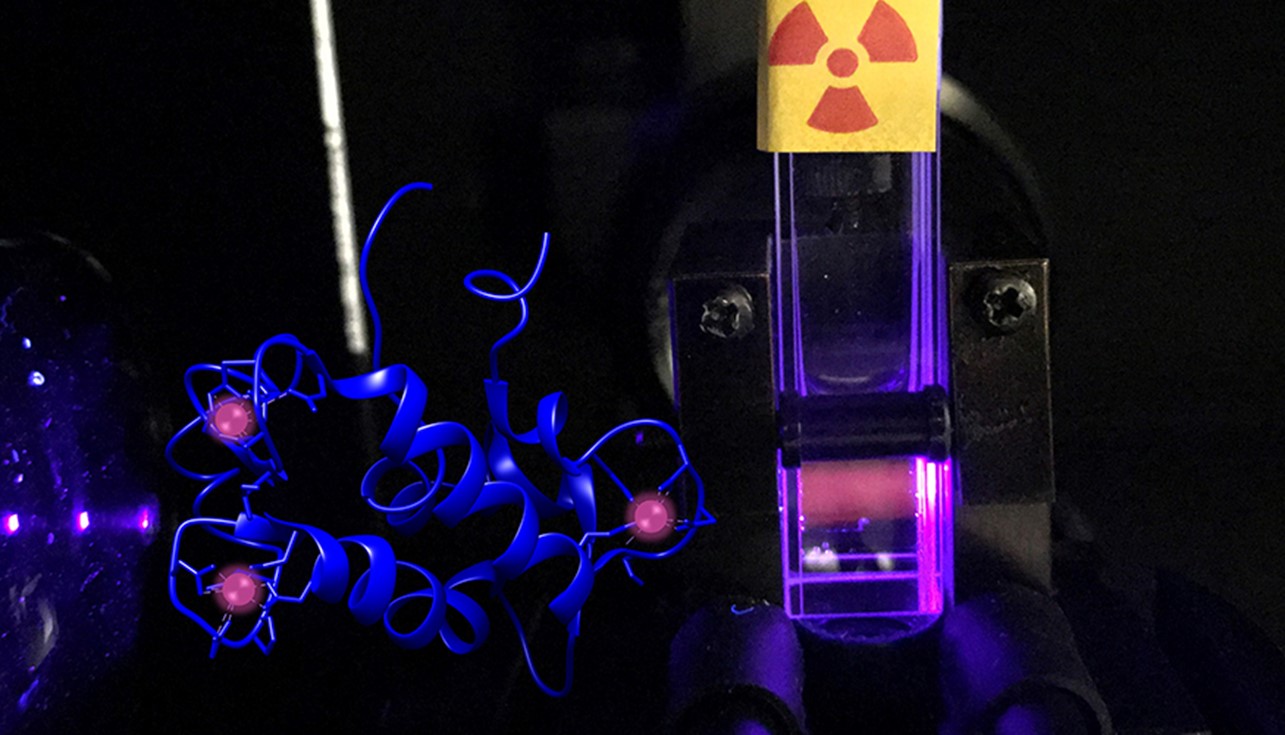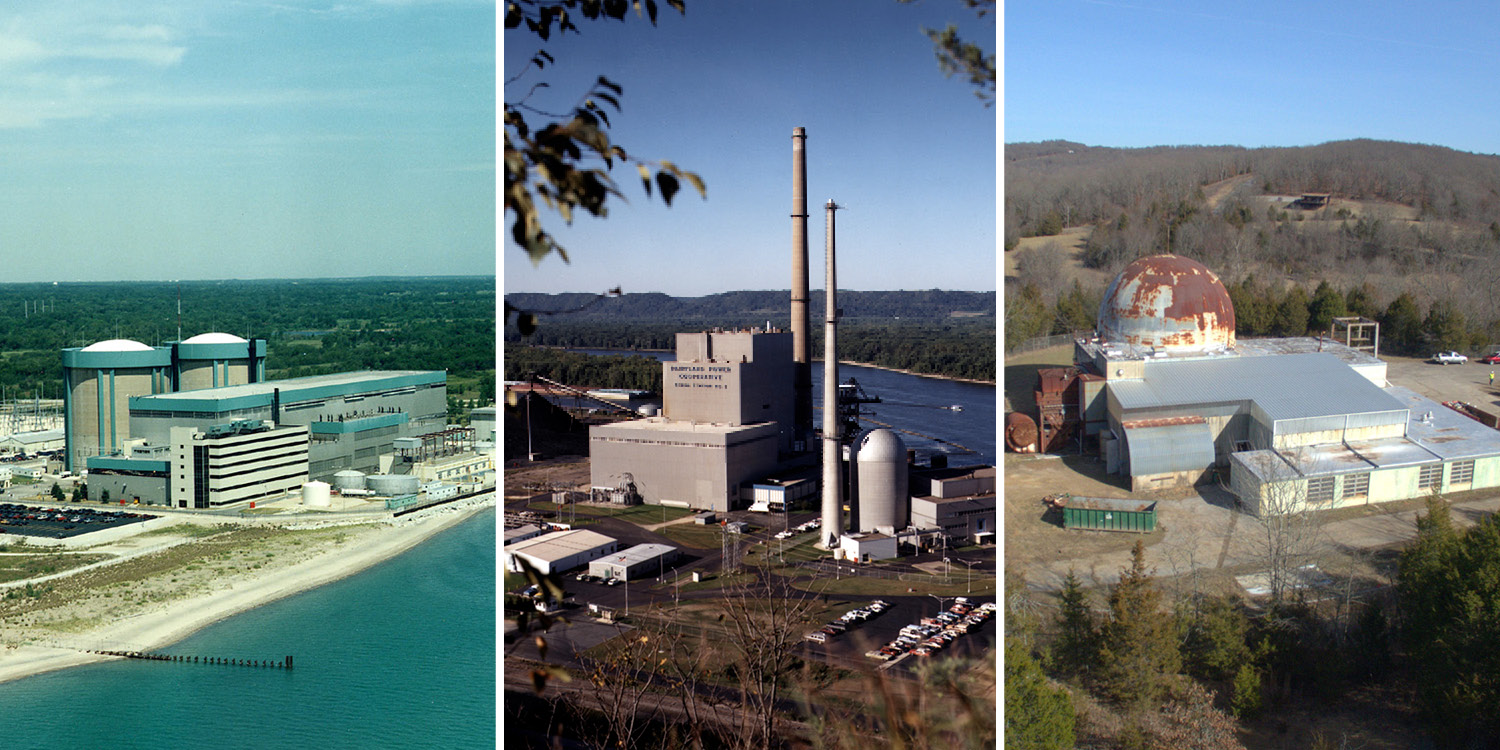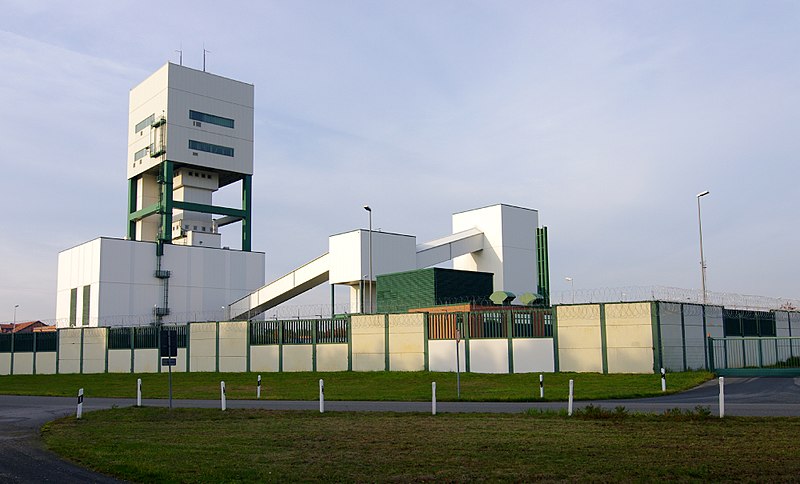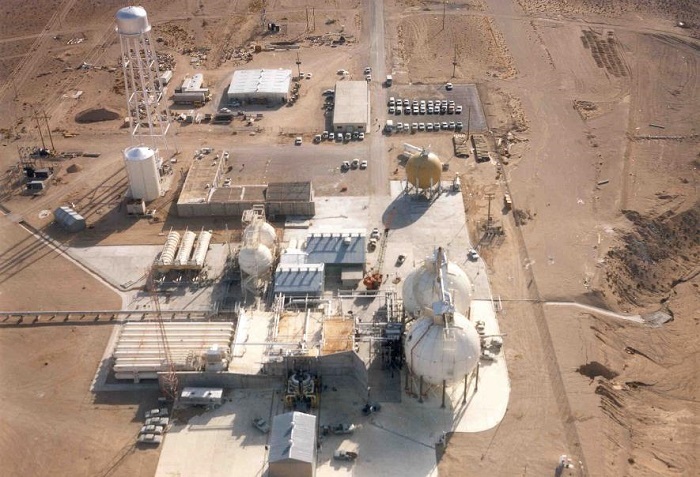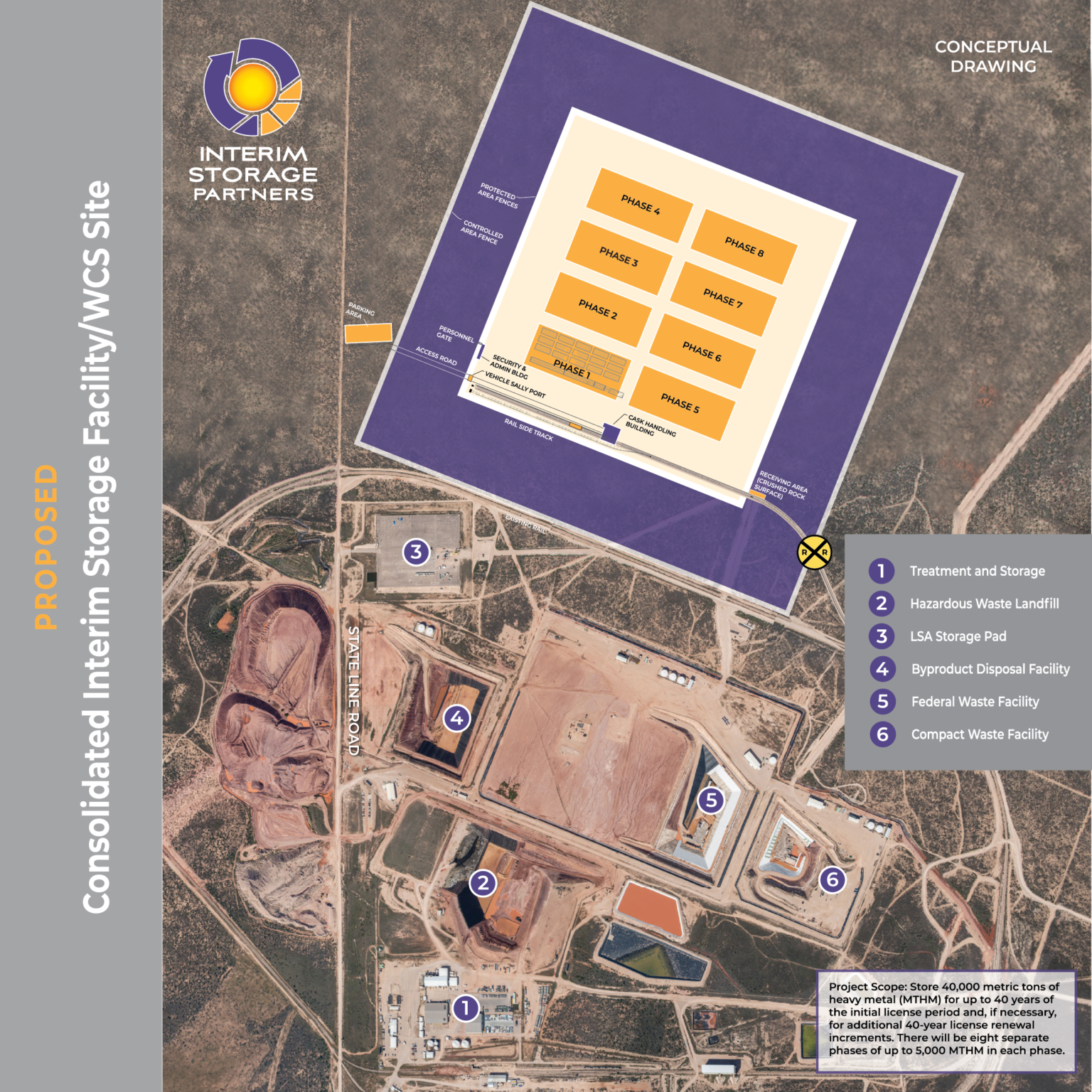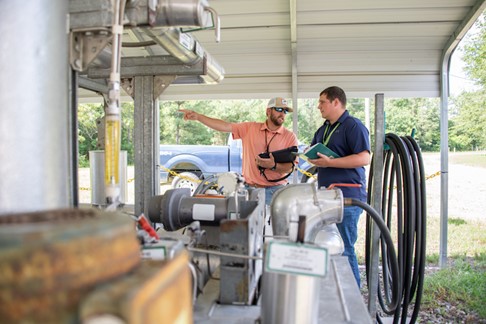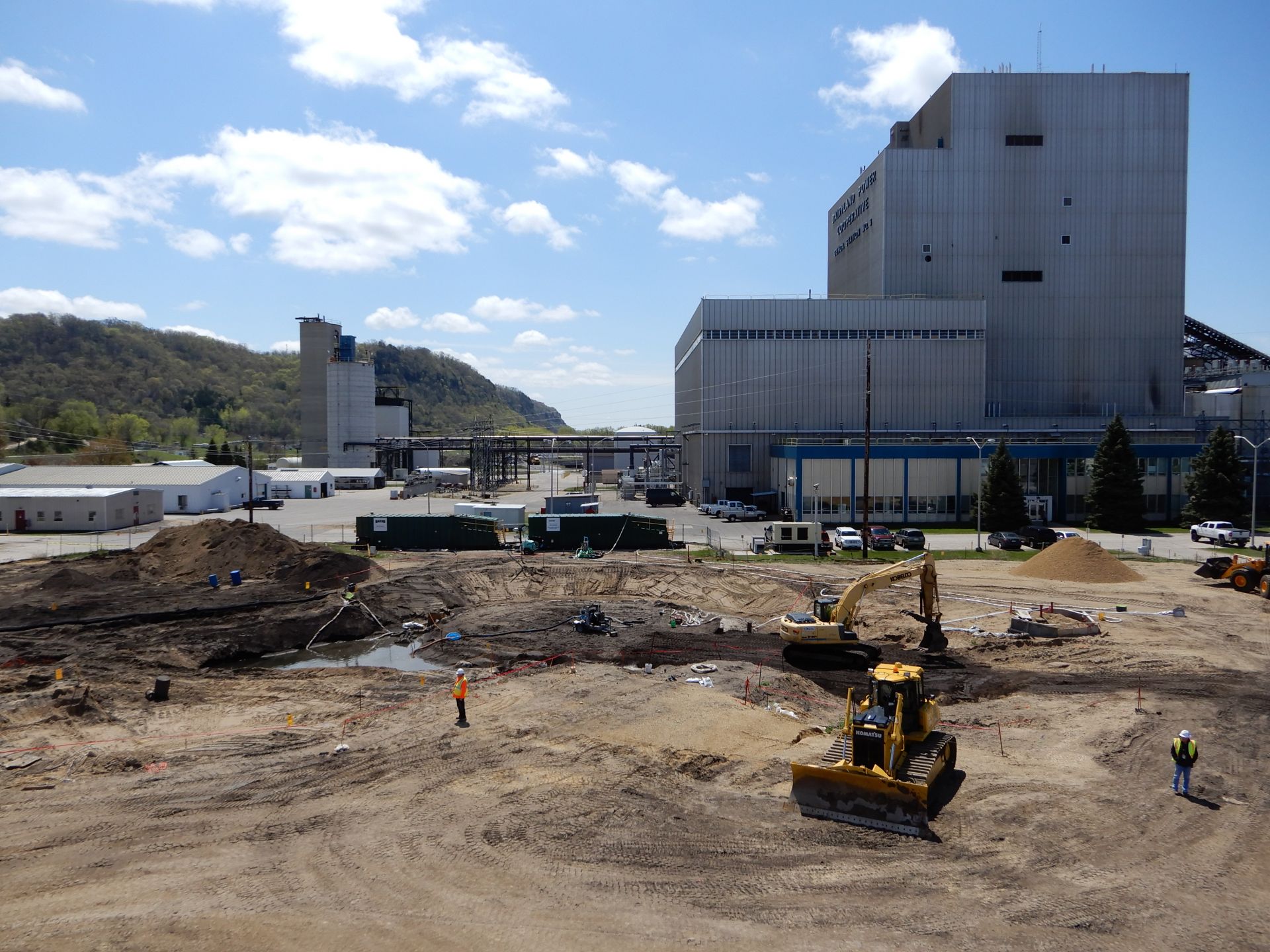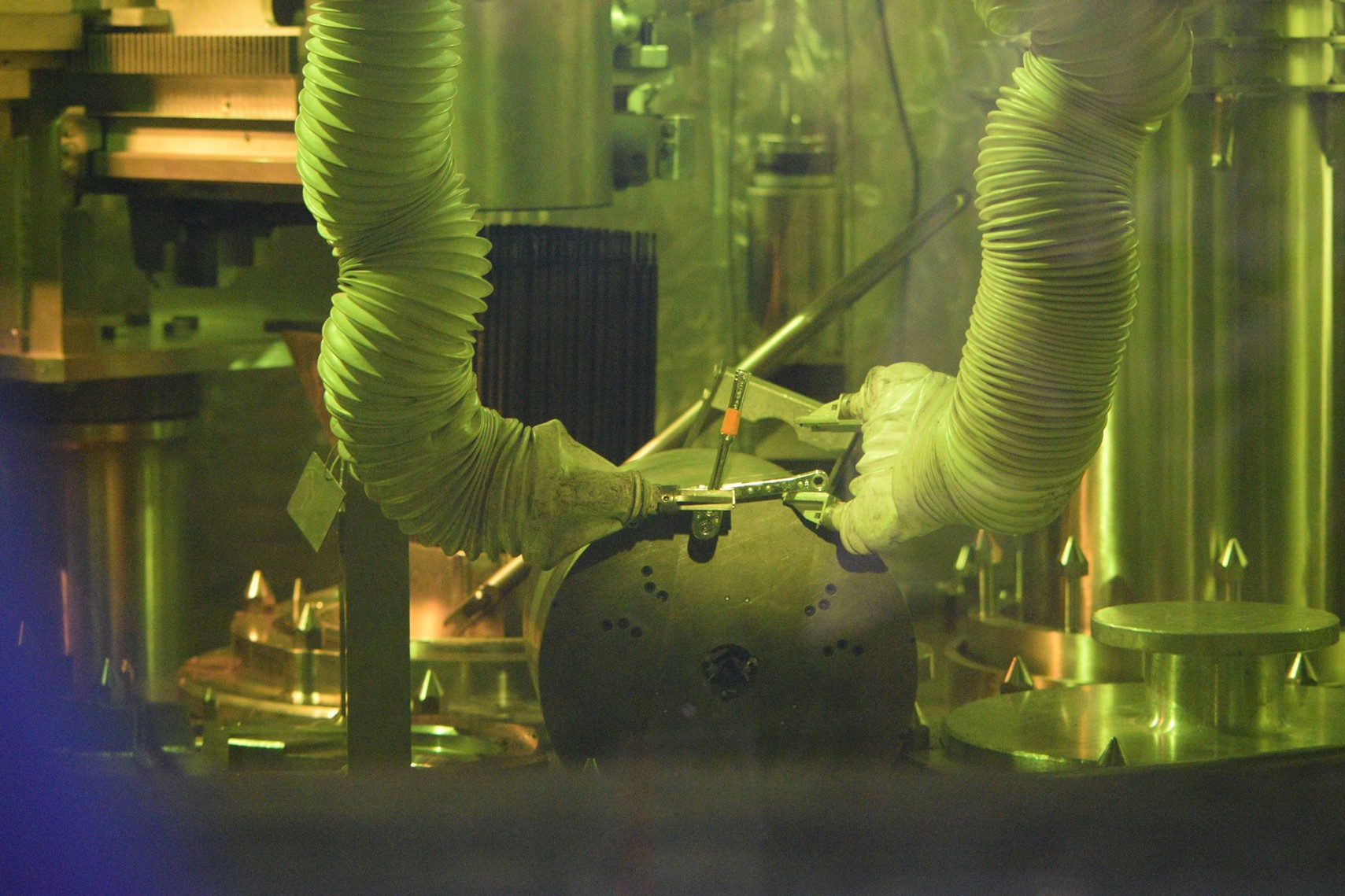A screen shot from Hanford’s DFLAW animation. (Image: DOE)
The Department of Energy’s Office of Environmental Management (EM) has released an animated video of the Direct-Feed Low-Activity Waste (DFLAW) Program at the Hanford Site near Richland, Wash. The video shows the integrated procedure for treating Hanford’s radioactive tank waste, a process EM says is a key component of its strategic cleanup vision.
View the animation here.
A message from WMG, Inc.
WMG FLTRSTOR™ System Overview
Learn More
In a virtual ceremony, CNL and KHNP signed a memorandum of understanding to cooperate on spent CANDU fuel research. (Image: CNL)
Canadian Nuclear Laboratories (CNL) and Korea Hydro and Nuclear Power (KHNP) intend to leverage data collected over decades on the dry storage of spent nuclear fuel to help inform decision-making on future spent fuel storage, transportation, and disposal activities.
A view of the final remaining hot cell at the former Radioisotope Development Laboratory at Oak Ridge National Laboratory as it is prepared for demolition. (Photo: DOE)
Using a specialized radiation detector, Department of Energy cleanup contractor UCOR is characterizing a hot cell at Oak Ridge National Laboratory in preparation for its demolition. The detector overlays a radiation-intensity color-map on a picture of the environment and identifies gamma-emitting nuclides and their locations.
An electric continuous miner machine chews through the last wall of salt in Panel 8’s Room 7 of the Waste Isolation Pilot Plant to complete the rough cut of the panel. (Photo: DOE)
The Department of Energy’s Office of Environmental Management this week announced that after seven years, mining of the Waste Isolation Pilot Plant’s Panel 8 is finished. Created from an ancient salt formation 2,150 feet below the surface, Panel 8’s seven emplacement rooms are the next destination for transuranic waste brought to WIPP from DOE sites throughout the country.
Workers demolish a large industrial cooling tower built in 1952 at the DOE’s Savannah River Site. (Photo: SRNS)
Savannah River Nuclear Solutions (SRNS), the management and operations contractor for the Department of Energy’s Savannah River Site, has torn down a large industrial cooling tower at the site’s D Area complex. The cooling tower, built in 1952, is one of more than 30 structures being removed from SRS’s D Area as the DOE works to reduce the site’s footprint.
Nitya Chandran, a facility engineer with the Washington State Department of Ecology, inspects Hanford’s tank-side cesium removal system. (Photo: DOE)
Washington state and Oregon will receive approximately $33.5 million through four financial assistance grants from the Department of Energy to fund programs related to the cleanup of the department’s Hanford Site near Richland, Wash. The grants will support environmental response regulatory activities, emergency preparedness, and public information programs in the two states.
All four grants, which were noncompetitively awarded, are for fiscal years 2022 through 2026.
Savannah River Remediation workers double-stack HLW canisters in an underground vault in Savannah River’s Glass Waste Storage Building 2 using a one-of-a-kind shielded canister transporter. (Photo: DOE)
The Department of Energy’s Office of Environmental Management (EM) has demonstrated the capability to expand the double-stacking of high-level waste canisters at the Savannah River Site in South Carolina. That approach will save the site’s cleanup program millions of dollars, according to the DOE.
The Sodium Pump Test Facility was the last DOE building to be demolished at the Energy Technology Engineering Center site in California. (Photo: DOE)
The demolition of the final of 18 DOE-owned buildings at the Energy Technology Engineering Center (ETEC) has been completed, according to the DOE. The ETEC is the former liquid metals research facility located at the Santa Susana Field Laboratory (SSFL), northwest of Los Angeles.

Markey
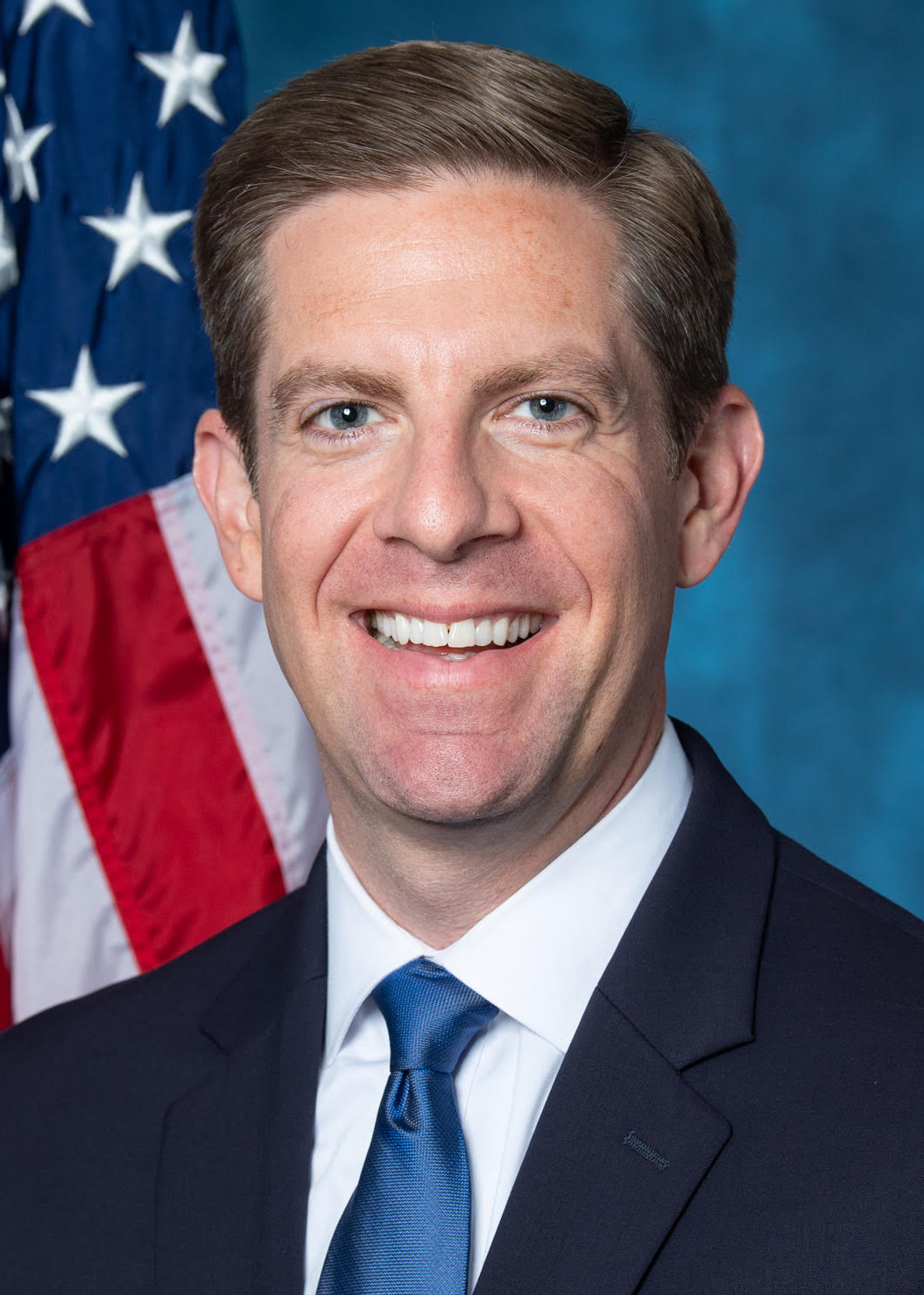
Levin
Sen. Edward J. Markey (D., Mass.) and Rep. Mike Levin (D., Calif.) have introduced the Nuclear Waste Task Force Act. The legislation is intended to establish a new task force to consider the implications of amending the Atomic Energy Act of 1954 to remove exemptions from environmental laws for nuclear waste. Eliminating this loophole could help enable consent-based siting of long-term storage solutions for spent nuclear fuel and high-level radioactive waste, the lawmakers said.
Intended to continue the work of 2012's Blue Ribbon Commission on America’s Nuclear Future, the task force would also be responsible for providing a clear explanation of what constitutes “consent-based siting.”
Spent nuclear fuel in dry storage at the decommissioned Zion nuclear power plant in Illinois.
Congress needs to take action to break the impasse over a permanent solution for commercial spent nuclear fuel, according to a report by the U.S. Government Accountability Office. The GAO recommends that Congress amend the Nuclear Waste Policy Act (NWPA) to authorize a new consent-based siting process, restructure the Nuclear Waste Fund, and direct the Department of Energy to develop and implement an integrated waste management strategy.
The GAO also recommends that the DOE finalize the consent-based process it began in 2015 for siting consolidated interim storage and permanent geologic repository facilities. The DOE agrees with that recommendation.
U.S. Forest Service employees Secunda Hughes (left) and Andrew Thompson inspect irrigation piping and sprinkler heads, part of a 62-acre pine plantation used to safely disperse tritium at the Savannah River Site.
The Department of Energy’s Office of Environmental Management (EM) is managing the release of tritiated water using a 62-acre plantation of pine trees and other natural resources to limit radioactively contaminated groundwater from reaching waterways on the Savannah River Site in South Carolina.
During a fluorescence spectroscopy experiment at LLNL, the protein lanmodulin makes radioactive curium glow when exposed to UV light in the sample to the right. The schematic (left) represents the structure of the curium-protein complex, with three curium atoms bound per molecule of protein. (Photo: LLNL)
Scientists at Lawrence Livermore National Laboratory, working in collaboration with researchers at Penn State University and Harvard Medical School, have discovered a new mechanism by which radionuclides could spread in the environment.
The research, which has implications for nuclear waste management and environmental chemistry, was published in the Journal of the American Chemical Society on September 20.
Having completed three separate decommissioning projects, EnergySolutions takes the final steps in restoring the sites to a natural state.
For any nuclear power plant that has been permanently shut down, site restoration is the ultimate decommissioning goal when contracting with a utility to demolish a facility. The task, however, is not as simple as mobilizing heavy equipment and waving a wrecking ball or planting explosives to implode the facility, then loading up the debris and sending it to a landfill.
There is a real science and engineering approach necessary to safely restore the land to its original state. That has been the goal for EnergySolutions over the past decade as the company works to safely decommission shuttered nuclear power plants—packaging, transporting, and disposing of the waste, and restoring the sites for whatever reuse the owners and host communities see fit.
The headframe and buildings at the Gorleben salt dome in Germany. (Photo: Wikimedia Commons)
The German government has announced that it is closing the Gorleben salt mine in the Wendland region of Lower Saxony, officially removing the site from consideration as a repository for radioactive waste. Gorleben became a target of antinuclear protests after being proposed as a potential repository in the 1970s.
An archive photo of the Nevada National Security Site’s Test Cell C complex, which is being prepared for demolition and closure. (Photo: DOE)
The Department of Energy is preparing to demolish two large, complex facilities at the Nevada Nuclear Security Site with ties to historical nuclear propulsion rocket development and testing programs. The DOE’s Environmental Management (EM) Nevada Program and its environmental program services contractor, Navarro Research and Engineering, have begun characterization and hazard reduction work on the site’s Engine Maintenance, Assembly, and Disassembly (EMAD) and Test Cell C (TCC) complexes.
Click to open full graphic
The Nuclear Regulatory Commission has issued a license to Interim Storage Partners (ISP), a joint venture of Waste Control Specialists and Orano USA, to construct and operate a consolidated interim storage facility for spent nuclear fuel in Andrews, Texas. Issued on September 13, the license comes just four days after Texas governor Greg Abbott signed a bill to block such a facility from being built in the state.
F Area operator Thomas Harman (left) and SRNS scientist Kevin Boerstler check the pumps, sensors, and piping that blend a base concentrate to inject into acidic groundwater at the Savannah River Site. (Photo: DOE)
The Savannah River Site is reducing the flow of hazardous and radioactive metal contaminants to South Carolina’s rivers and streams by injecting a mix of clean water and baking soda into the site’s groundwater. The base mix neutralizes groundwater that has become acidic as a result of SRS’s chemical separations work, helping restrict the flow of contaminants.
The La Crosse site in 2019 with major decommissioning completed. The coal-fired Genoa plant is in the background. (Photo: EnergySolutions)
The Nuclear Regulatory Commission has extended its orders transferring the licenses for the La Crosse and Zion nuclear power plants from EnergySolutions back to the plant owners until late 2022. This is the third time the NRC has extended the effectiveness of the license transfer orders for the decommissioned plants since approving them in 2019.

Pamela Cowen
Having spent more than 25 years in the commercial nuclear power community, Pam Cowan has spent time in both the front- and back-end operations of nuclear power. It is this experience that she draws upon as the senior vice president and chief operating officer of Holtec Decommissioning International (HDI) to help her build a growing fleet of power plants undergoing decommissioning and demolition.
Cowan, who came to HDI from the Nuclear Energy Institute, is also senior vice president of decommissioning and regulatory affairs for HDI parent company Holtec International and president of the Nuclear Asset Management Company, the owner of the plants. Cowan also serves as a member of the board of directors of Comprehensive Decommissioning International, a decommissioning general contractor, jointly owned by Holtec and SNC-Lavalin.
Radwaste Solutions spoke to Cowan about Holtec’s fleet approach to decommissioning and her plans for HDI.
(Editor's note: Soon after this article was published in Radwaste Solutions, Westinghouse Electric Company announced that Pam Cowan had been appointed president of the company's Americas operating plant services unit. Cowan takes over the business on September 21, following the retirement of current president, David Howell.)
Operators disassemble a cutter head inside a module at the Savannah River's Tritium Extraction Facility using manipulators and hand tools. (Photo: SRNS)
Using basic hand tools and remote manipulators, operators at Savannah River Nuclear Solutions (SRNS) were able to reduce radiation exposure to workers performing cutter head maintenance in the Savannah River Site’s Tritium Extraction Facility (TEF).
According to SRNS, the innovative procedure proved to be an excellent example of real-world application of As Low As Reasonably Achievable (ALARA) principles of time, distance, and shielding.
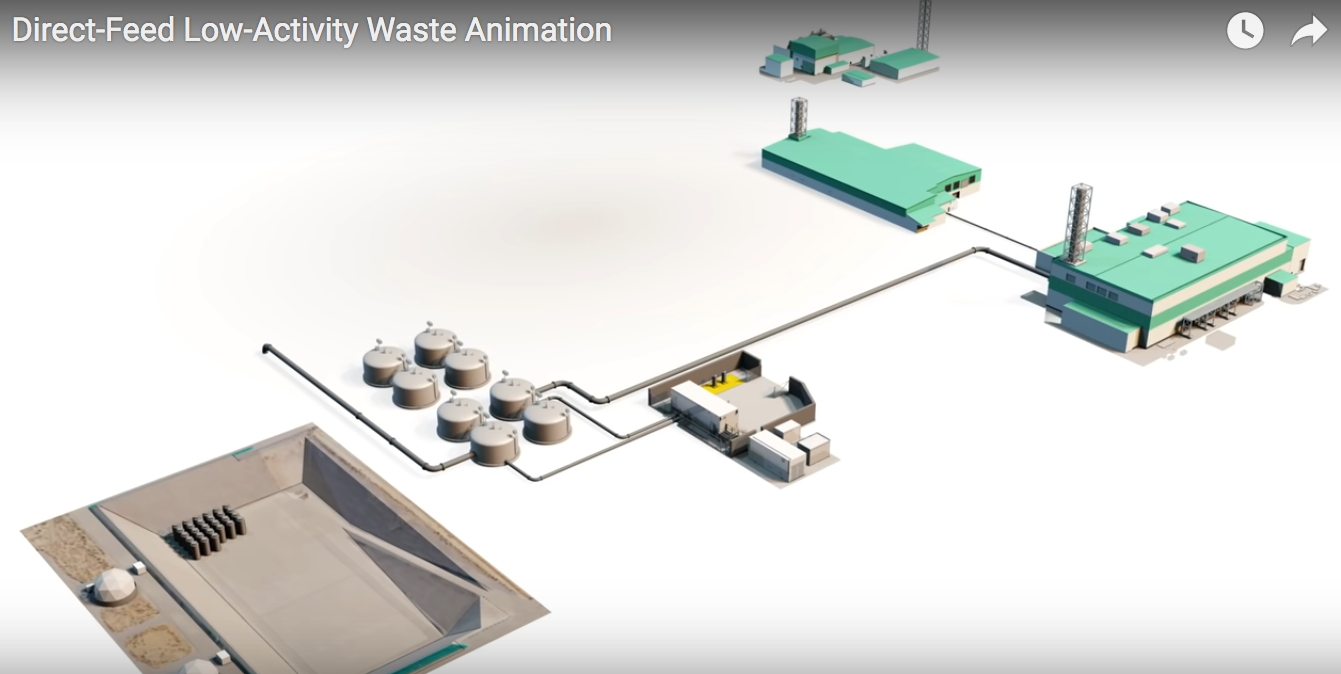



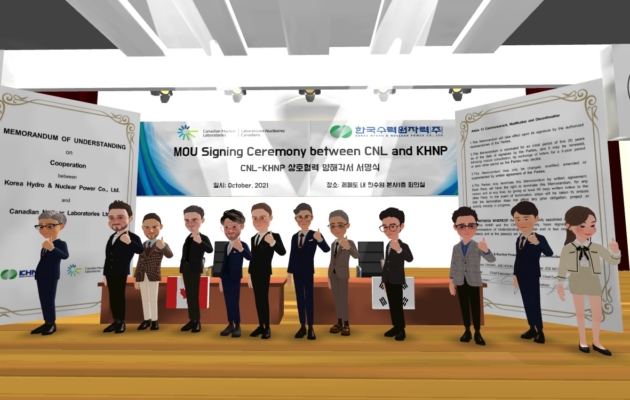
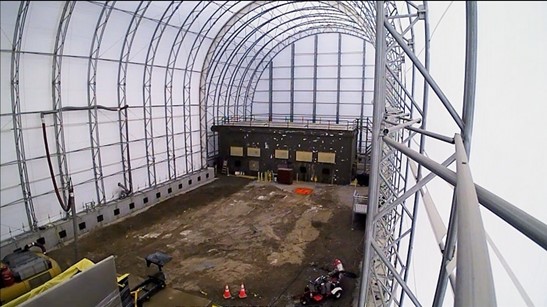
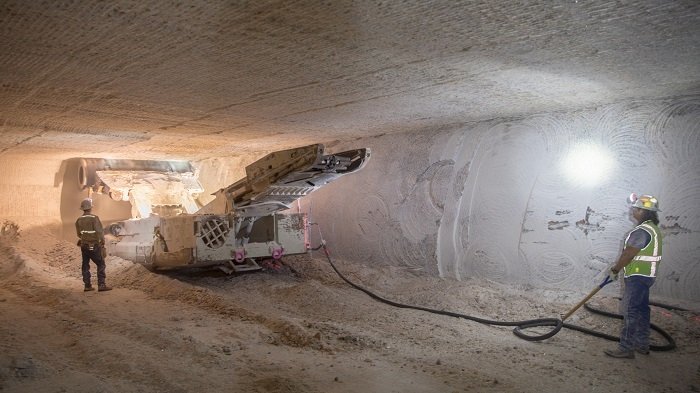
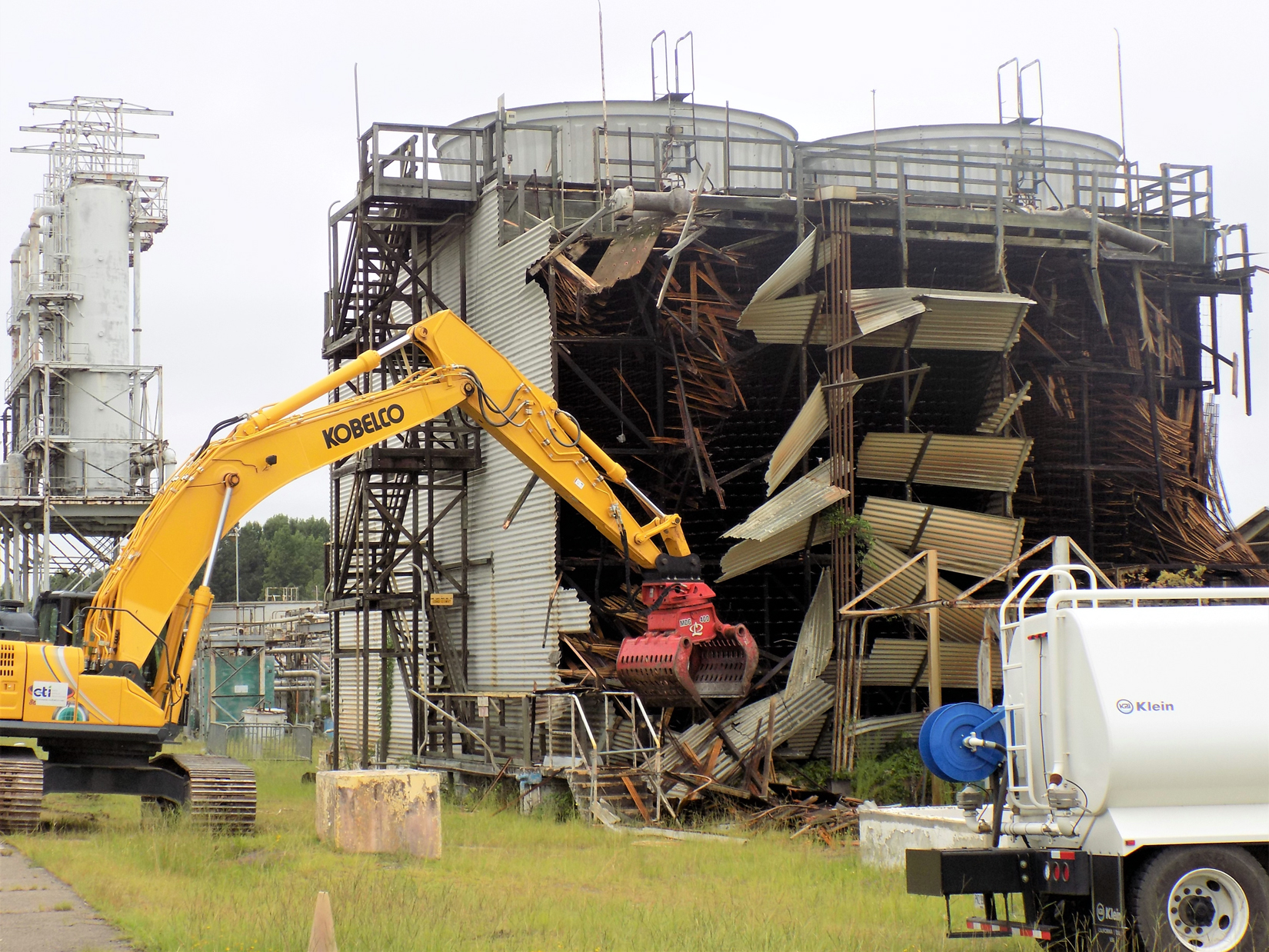
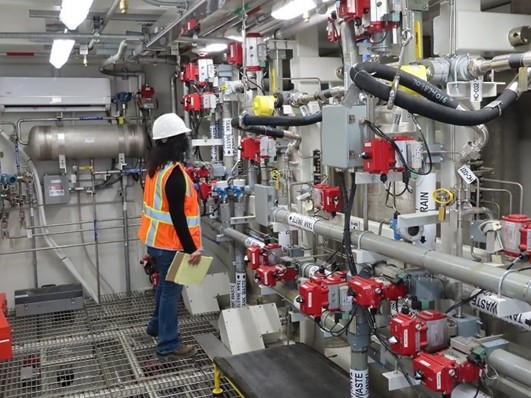
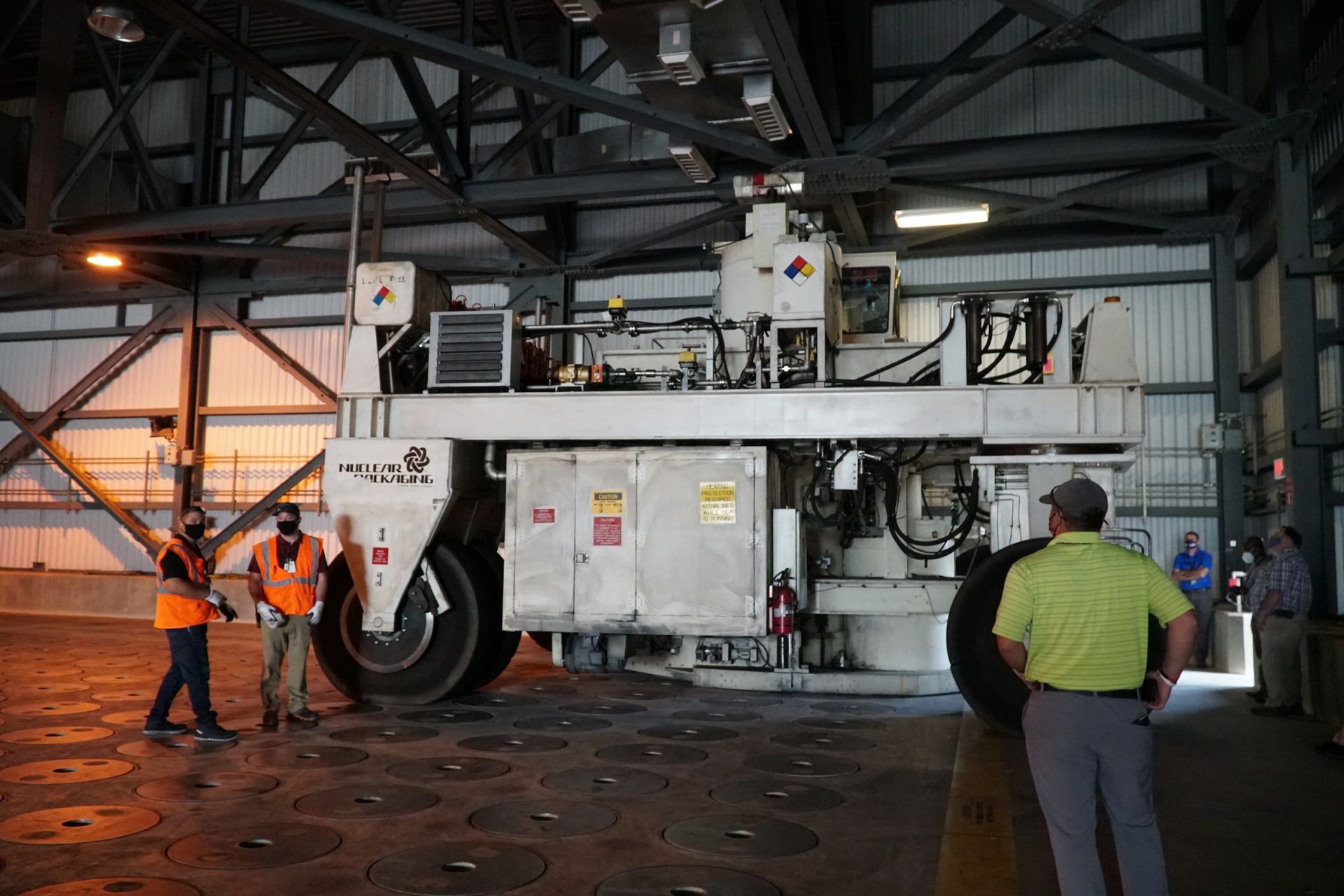
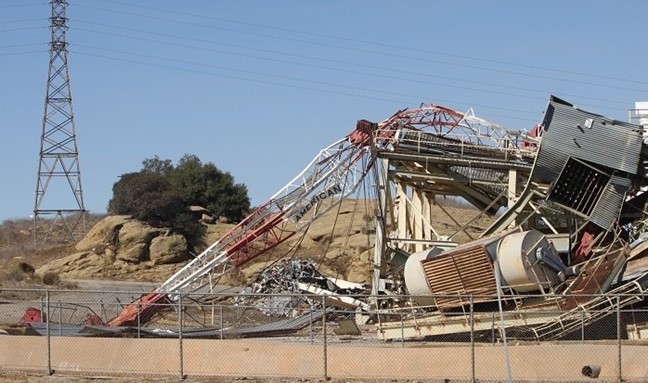


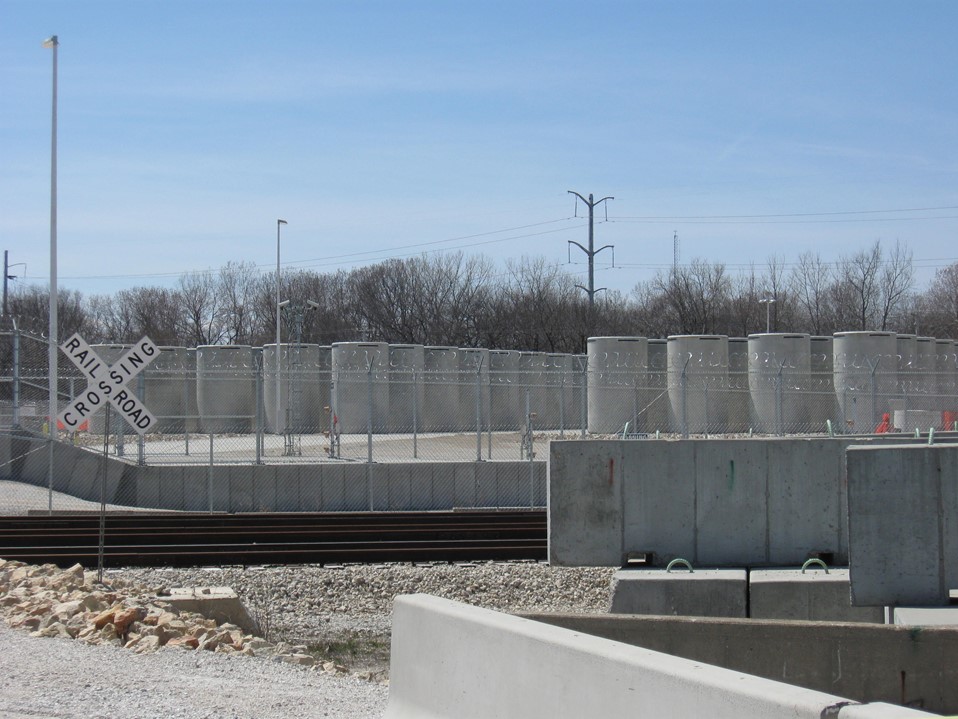
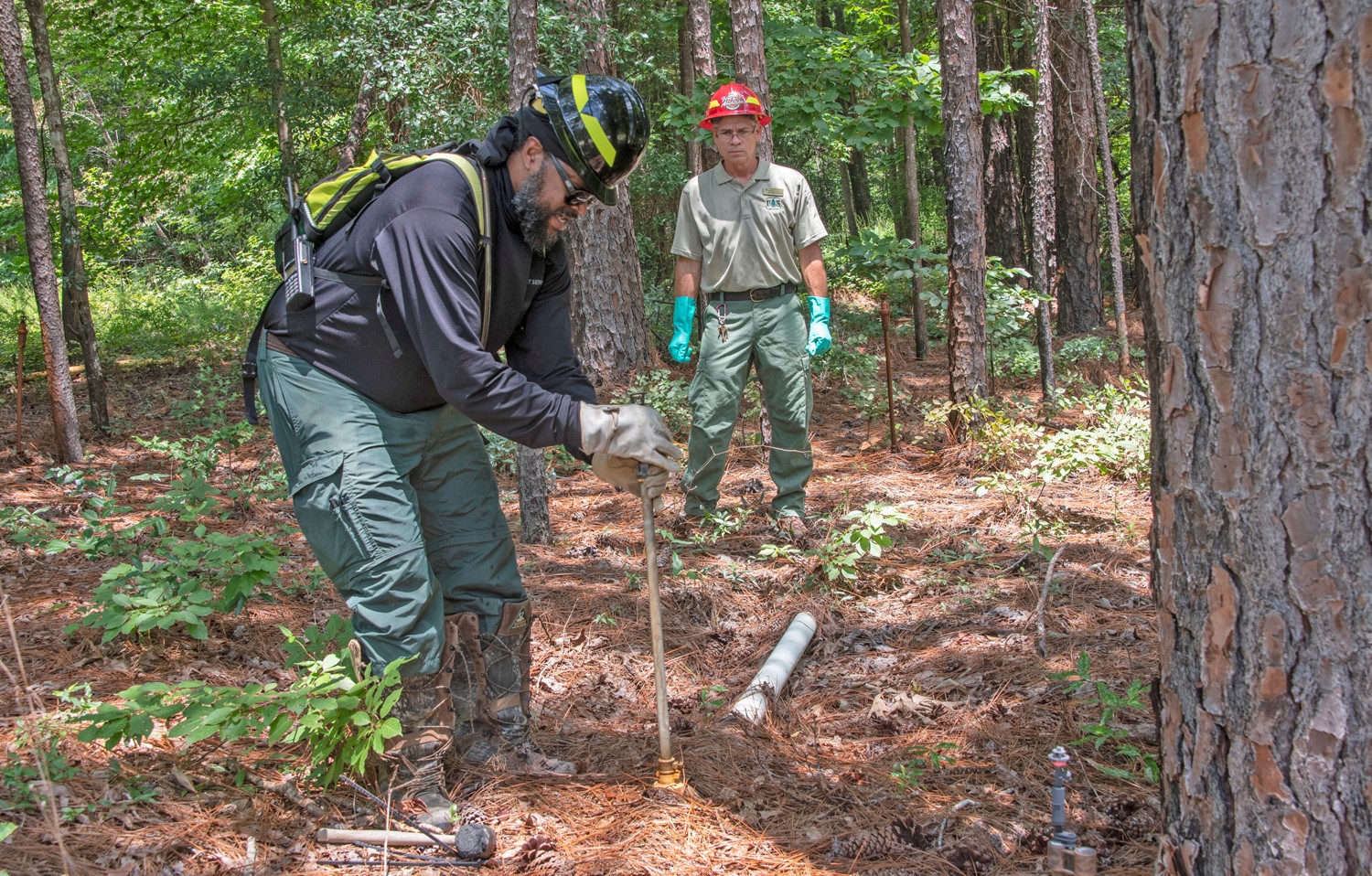 and Andrew Thompson.jpg)
